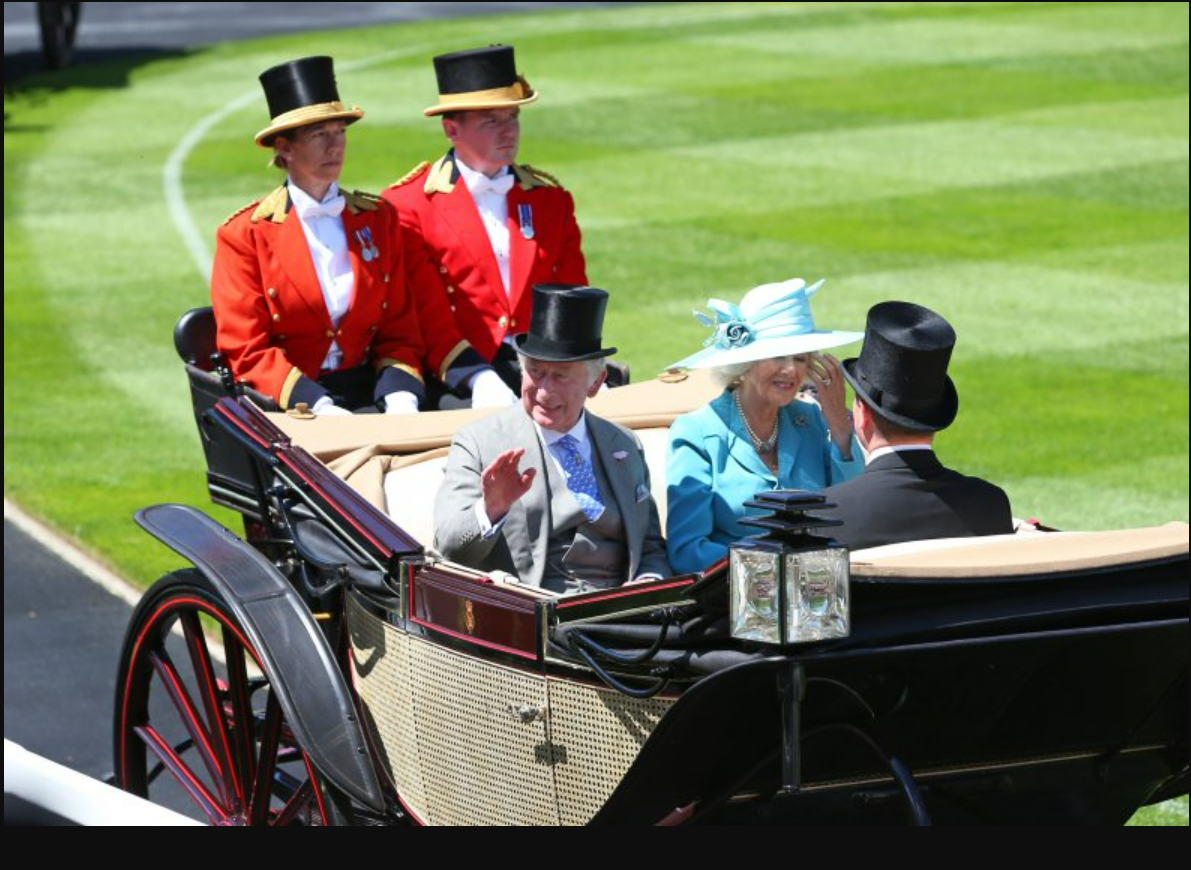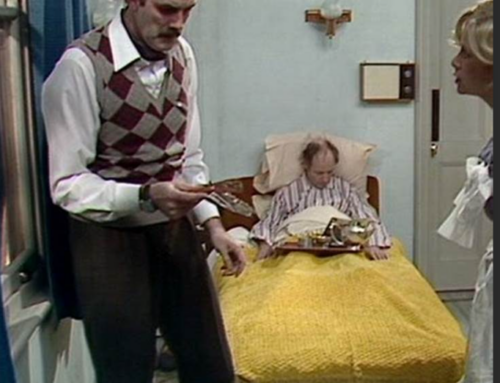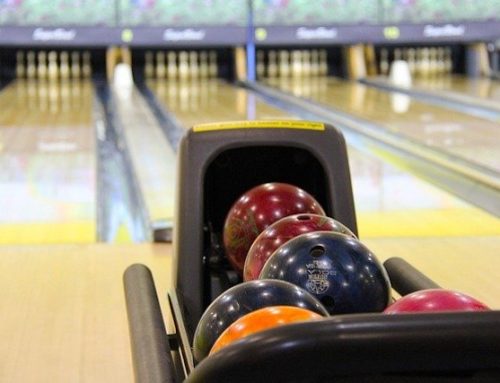15th June 2022
I made my return to Royal Ascot yesterday. As Chair of SIS, we were hosting a Hospitality Box and welcomed many friends and partners from the Racing and Greyhound industries.
There is something quirky and typically English about Royal Ascot. Where else in the world would you dress up in Top Hat and Tails to attend a sporting event? Where else are rules of etiquette such that, although one can remove a Top Hat when in a hospitality box, it has to be put back on to go outside the box, even if you are going to the toilet? Where jackets can only be removed on a general instruction from the racecourse, irrespective the temperature?
Of course, everyone in the relevant enclosures complies with the Rules in a typically British fashion. That is all part of what sport in the UK is about.
A major part of the Royal Ascot experience is the Royal Parade. This is the moment when all guests come out to watch the Royal Family proceed along the racecourse in carriages, accompanied by a phalanx parade of Household Cavalry. The On-course commentary describes the fashion and sartorial choices of the members of the Royal Family.
The Prince of Wales and the Duchess of Cornwall were the principal guests yesterday, but there were also a number of carriages bearing other members of the Royal Family and the Aristocracy.
I admit to being a committed Monarchist, but even I found myself utterly non-plussed as the On Couse commentary breathlessly described how resplendent Princess of Michael looked.
It is, in many ways, anachronistic that racegoers stand to attention as the Aristocracy parades past them, but it is part of the tapestry and history of this great event and a major part of the social history of this country, and, in my view, there is nothing to be gained by tampering with it.
What does need tampering with, though, is the traffic management plans around major sports events. I broke my usual rule, that of always travelling by public transport to a sport event where available, and chose to drive. Google Maps and Waze both told me the journey would take one hour and five minutes.
In the end, I got to within one mile of the racecourse, and then remained stationary for over an hour and a half. The road infrastructure around the racecourse simply collapsed under the weight of traffic. Along with many others, I found a side street, safely parked my car and walked the last mile. But that meant that a local resident found parking near their home was now harder and the inconvenience factor grew and grew. There was gridlock for perhaps a mile on all sides of the racecourse.
So, yet another sport event struggles with traffic flow on the first day. This is not a new factor. Many events and stadiums struggle to contain the weight of fans and traffic, seeming surprised by the numbers.
I do wonder what planning goes in to traffic management for these annual events as often it collapses? Perhaps this is an area where my client Iventis could help. Their mapping software allows dynamic traffic plans to be modelled and tested before an event. Something like that seems to be quite necessary.
One advantage of having abandoned my car one mile away was that I could get away quicker as I was outside the official zone, which again was clogged up. That allowed me to get home and watch the England Nations League defeat to Hungary.
This blog is about business not performance. But, seeing a lethargic and tired performance from the England team made me think about the value that Gareth Southgate will have gained from these four matches. Certainly sport at the highest level is all about momentum. Winning is a habit. England were in that habit last year. But losing is also a habit as is poor form. England have now come off a run of poor form so their momentum is in the wrong direction. If this were a tournament, we should worry.
Fortunately, they now have a break and can use that time to reset. From last night’s showing, they certainly need it.

The Prince of Wales & Duchess of Cornwall at Royal Ascot.


